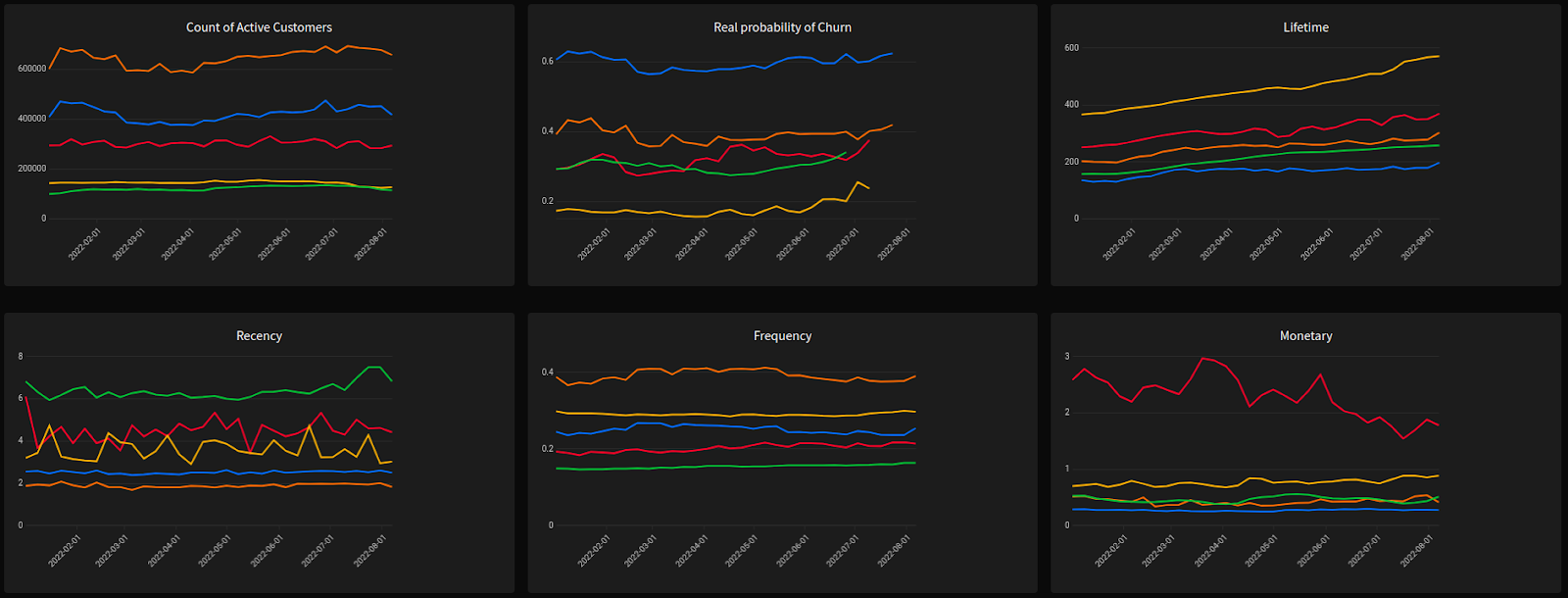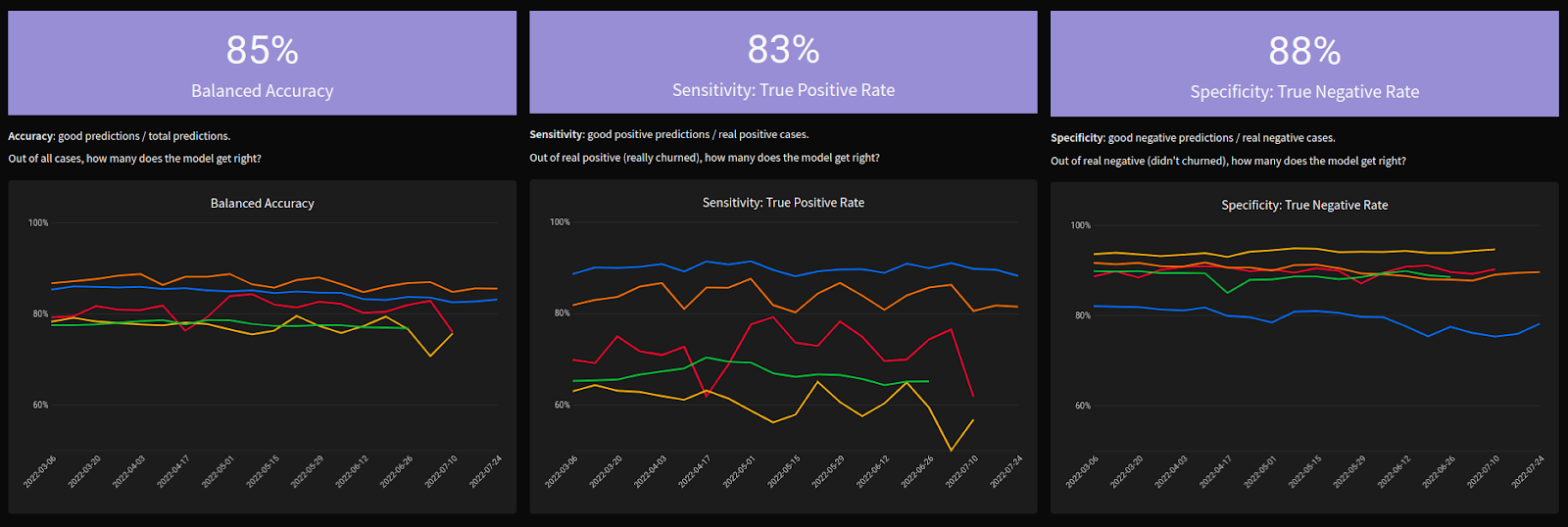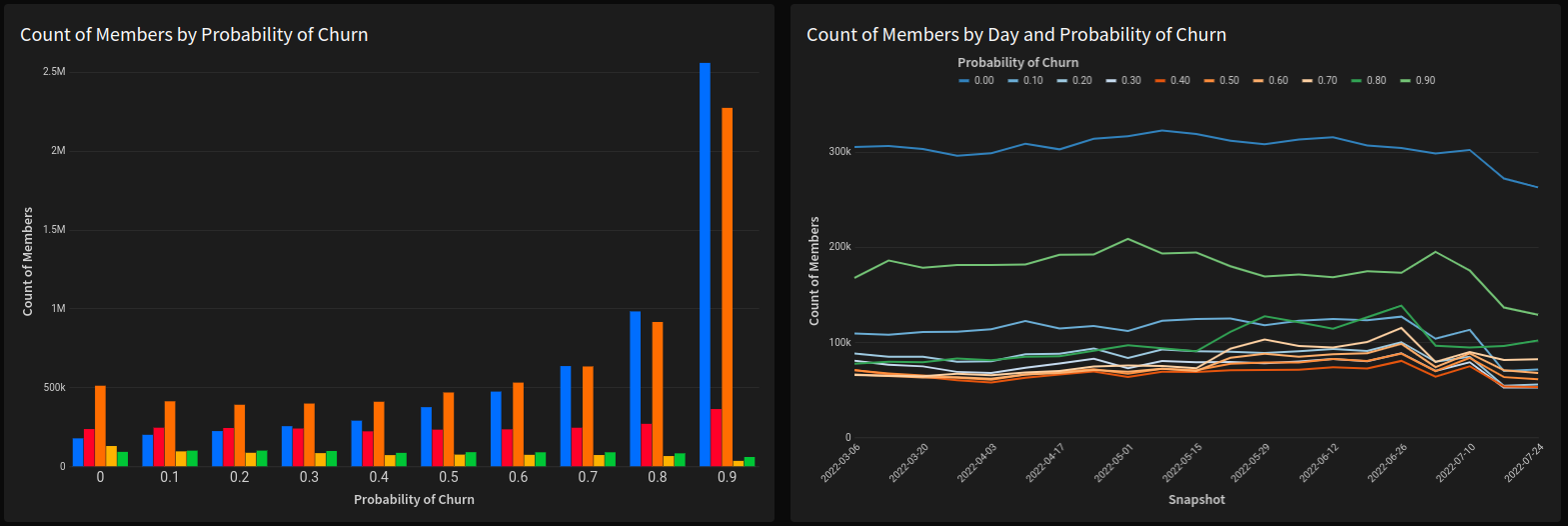Why Predicting Churn is Important?
What would you do if you knew which of your consumers are about to leave (churn)? What actions could you take to prevent them from leaving? The ability to predict that a particular consumer has a high risk of churning, plus the use of the best targeted actions towards churn prevention, have a large potential for increased revenues:
- The direct loss of revenue resulting from consumers abandoning a business can be avoided
- It’s always more difficult and expensive to acquire a new consumer than it is to retain a current paying consumer
- consumers that churn can cause other consumers in their scope of influence to leave as well; for e.i.: friends that use a service or teams inside a game.
In this case study, we’ll go through how FESSEX Consulting tackles this problem and a real life example of how one of our clients was able to improve their revenue by 8.5% by predicting and preventing churn, thanks to Machine Learning/AI algorithms and our experimentation approach.
The Problem & Solution
One of our clients has over a million active consumers that use their services every week, and wanted to know which of them were going to churn. There are five product families that a consumer can use or purchase, so we need to predict churn for each product on a weekly basis. Our first step was getting to know consumers and their purchase behavior: how frequently they buy, how many consumers purchase more than one product family, what’s the distribution of the money they spent are examples of the initial questions we needed to answer.
After the data exploration step, we created the full data pipeline with a machine learning algorithm that looks like this:

With this pipeline in place, our client gets every week not only the predictions of active consumers, but also the full history of behavior, predictions and actual churners, and since everything in our database is connected and displayed in online dashboards, our client’s stakeholders can evaluate in a graphical and interactive way the following:
- Which are the latest predictions? Who is going to churn?
- How are the consumers behaving? Which are the trends in the consumers’ features?
- What is the model performance? How good is it predicting the future, for each type of consumer and product?



Experiments for churn prevention
After we knew which consumers had a high probability of churning on a weekly basis, it was time to take action. Whilst a single campaign can be run towards every consumer, personalized targeted campaigns have a higher success rate in churn prevention. This is where experimentation shines, testing which campaigns work best and with which audiences: different consumers are more receptive to different messages and churn for different reasons, so we needed to set up experiments to define the correct campaign-audience match.
For our client-in-question, we configured weekly experiments over the model’s predictions, testing multiple email campaign types over multiple segmentations of the consumer base. We leveraged the features we generated from our churn prediction model to segment our audience, i.e.: high/mid/low frequency consumers, long/short term consumers and so on, hence avoiding one more step in the end-to-end pipeline.
At the set up phase, we established a success metric to evaluate if an action was better than another and since we aim to reduce churn, we measured if the consumer had performed a new purchase in the following days of the prediction. Finally, our experimentation set up not only generated a rank of campaigns, telling our client which worked best on which segment of consumers, but it also established a method for testing new campaign ideas in addition to the tested-and-true actions previously executed, leaving the best ones as always-on campaigns.
Results
So, what does this all mean for our client? After the second month of implementing our Machine Learning and Experimentation pipeline, the weekly churn rate was reduced from 40% to 30%, representing an additional 8.5% revenue. This goes to show the importance of churn prediction and prevention for the company, and the potential of using the right tools to achieve the best possible results. As our customer continues to run more retention campaigns, churn continues to decline and revenue increases.
To finish, I’ll ask again:
What would you do if you knew which of your customers are about to leave? What actions could you take to prevent them from leaving? In this article, we explored a possible path to answer these questions and to, along the way, leverage state of the art tech to increase revenue.

Contact us today for a FREE Discovery Call, to learn how we can help you with your next project.
Email: info@fessexdev.wpengine.com

